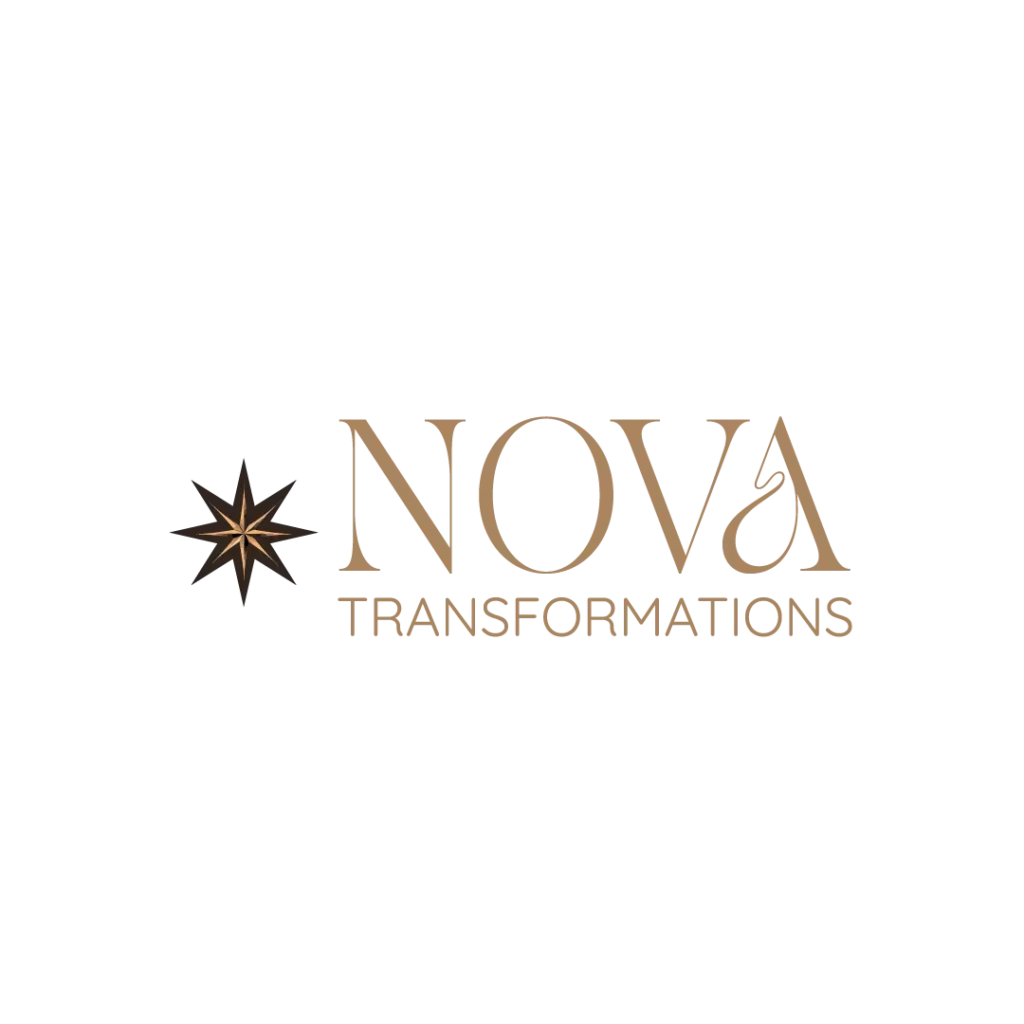The Need for Dual Diagnosis Treatment
Understanding Co-occurring Disorders
Co-occurring disorders, also known as dual diagnoses, refer to the simultaneous prevalence of mental health conditions and substance use disorders. This situation is common and complex, especially among individuals receiving psychiatric services. Unfortunately, the traditional treatment framework often fails to address the specific needs of those grappling with both issues. Statistics indicate that in the United States, approximately 8.9 million adults experience co-occurring mental health and substance use disorders, yet only 7.4% receive treatment for both conditions. Alarmingly, nearly 55% do not receive any treatment at all (NCBI).
Failing to treat both the mental health disorder and the substance use issue concurrently can lead to inadequate or inappropriate treatment outcomes. For effective healing, integrated treatment approaches are necessary. These approaches provide the patient with coordinated care tailored to their unique situations, resulting in better recovery outcomes.
Importance of Integrated Treatment
Integrated treatment involves the collaboration of dually-trained clinicians or unified treatment teams to address both mental health issues and substance use problems effectively. This model has been shown to enhance recovery outcomes and improve quality of life. Clients who participate in integrated treatment programs often experience significant recovery benefits compared to those who receive treatments for only one condition at a time (Robin Recovery).
The advantages of integrated treatment can be summarized in the following table:
| Advantage | Description |
|---|---|
| Holistic Approach | Treats mental health and substance use disorders simultaneously. |
| Improved Outcomes | Research shows enhanced recovery rates for integrated treatment approaches. |
| Cost-Effectiveness | Unified treatment is often more cost-effective compared to separate treatments. |
| Comprehensive Care | Offers a wider range of therapeutic options including cognitive behavioral therapy (CBT) and dialectical behavior therapy (DBT). |
At Nova Transformations, we recognize the critical importance of integrated treatment for individuals facing dual diagnosis challenges. By offering comprehensive services tailored to meet the specific needs of people with co-occurring disorders, we facilitate a path toward recovery that leads to improved mental and physical health as well as tools for a healthier future. For more information about our specific programs, including trauma addiction rehab and holistic outpatient programs, please explore our resources.
Dual Diagnosis Statistics and Challenges
Prevalence of Co-occurring Disorders
The prevalence of co-occurring disorders is significant, affecting around 21.5 million adults in the United States according to the Substance Abuse and Mental Health Services Administration (SAMHSA). Despite the high numbers, only 7.4% of these individuals receive treatment for both their mental health and substance use disorders at the same time. This gap is largely due to challenges in diagnosis and the overlapping nature of treatments, highlighting the critical need for effective iop for dual diagnosis.
Over the past few decades, the number of Americans facing co-occurring mental health and substance abuse issues has been on the rise, with estimates indicating that up to 10 million individuals experience these issues within any 12-month period. The urgency for accessible integrated treatment solutions cannot be overstated, as a significant portion of this population has not received the necessary help.
| Statistic | Value |
|---|---|
| Estimated adults with co-occurring disorders | 21.5 million |
| Percentage receiving treatment for both conditions | 7.4% |
| Number of individuals in the U.S. with co-occurring issues at any one time | Up to 10 million |
Barriers to Treatment Access
Barriers to accessing treatment for dual diagnosis are substantial. Data shows that a significant percentage of individuals with co-occurring problems—ranging from 47% to 84%—have not received any integrated treatment. This lack of treatment is often compounded by issues such as the stigma surrounding mental health and addiction, insufficient services designed to address both disorders, and inadequate training of professionals in recognizing dual diagnoses.
Another concerning factor is the high incidence of co-occurring disorders among the homeless population. It is estimated that over half of the homeless individuals struggle with severe mental illness along with substance use disorders, facing exclusion from housing and treatment programs that target only one of their conditions. This intersection of issues necessitates a dual approach to treatment that is both comprehensive and easily accessible.
For more insight on holistic options in treatment, including diverse therapies and recovery coaching, you may want to explore additional resources. Addressing the challenges related to dual diagnosis is vital for effective recovery and overall well-being.
Characteristics of Dual Diagnosis Programs
When considering treatment options for dual diagnosis, particularly through an Intensive Outpatient Program (IOP), understanding the characteristics that set these programs apart can greatly benefit your journey to recovery.
Intensive Outpatient Programs (IOPs)
IOPs play a crucial role in dual diagnosis treatment by providing structured support while allowing you to maintain your daily responsibilities. Unlike residential treatment, IOPs fit a more flexible schedule, making them ideal for those who require intensive support without the need for 24-hour supervision.
A primary feature of effective IOPs is their ability to create individualized treatment plans that address your unique needs. According to an evaluation by JC Treatment, they focus on customized solutions and goal-oriented care. The success rate for IOPs typically ranges from 60% to 70%, highlighting their effectiveness in facilitating recovery.
| Key IOP Features | Description |
|---|---|
| Flexibility | Allows you to balance treatment with work or school |
| Individualized Care | Treatment plans tailored to personal circumstances |
| Goal-Oriented Approach | Focus on equipping you with tools for long-term sobriety |
| Group and Individual Therapy | Combination of therapy modalities to enhance recovery |
For those exploring the possibility of dual diagnosis treatment, understanding the structure and focus of IOPs can significantly influence your decision-making process.
Tailored Treatment Plans
A defining characteristic of dual diagnosis programs, particularly IOPs, is the emphasis on tailored treatment plans. These plans are based on a thorough assessment of your specific situation, including mental health issues and substance use disorders. By evaluating your individual needs, treatment providers can design a program that addresses both components of your dual diagnosis effectively.
Tailored treatment plans typically include a mix of therapies and approaches, such as:
- Behavioral Therapy: This may involve cognitive behavioral therapy (CBT) or dialectical behavior therapy (DBT), and is aimed at altering negative thought patterns and behaviors related to substance use and mental health.
- Medication Management: Depending on your specific mental health conditions, medications may be prescribed to help manage symptoms.
- Support Groups: Access to peer support can provide additional encouragement and sharing of experiences, making recovery feel less isolating.
These individual-focused plans strive to ensure that you receive care that is not only effective but also compassionate and understanding of the complexities involved in dual diagnosis recovery. For more information about therapeutic approaches, consider exploring our resources on cognitive behavioral therapy addiction and dbt therapy for addiction.
Creating a supportive environment through tailored treatment plans plays a pivotal role in your journey towards recovery, contributing to better outcomes and improved quality of life.
Choosing Nova Transformations for Dual Diagnosis Treatment
Nova Transformations Program Overview
At Nova Transformations, you can find a comprehensive approach to dual diagnosis treatment. Their Intensive Outpatient Program (IOP) is designed specifically for individuals struggling with both mental health and substance use disorders. Each client receives a personalized treatment plan tailored to their unique needs, focusing on equipping them with necessary tools for long-term sobriety.
The IOP at Nova Transformations emphasizes flexible scheduling, with sessions meeting 3 to 5 days a week for 3 hours each day, allowing individuals to balance recovery with other life commitments. This flexibility contributes significantly to the high success rates typically observed in IOP settings, which range from 60% to 70% according to studies on various programs (JC Treatment).
| IOP Key Features | Description |
|---|---|
| Personalized Programs | Tailored treatment plans for each client |
| Flexible Scheduling | Programs meeting 3 to 5 days a week |
| Focus on Goals | Client-centered approach for solutions |
Success Rate and Client-Centered Care
Success rates in IOPs like Nova Transformations reflect their effective approach to treatment. Studies suggest that the structure and personalized nature of IOPs lead to higher recovery outcomes. The main focus of Nova Transformations is on helping you set and achieve personal goals, facilitating a supportive environment that encourages independence and growth.
Client-centered care is at the heart of Nova Transformations’ philosophy. This means that the program not only addresses substance use but also incorporates mental health support, enabling dual diagnosis treatment that is both holistic and effective. The emphasis on personalized goals ensures that each individual receives support tailored specifically to their situation, which has been shown to improve overall outcomes for dual diagnosis clients (JC Treatment).
If you or a loved one is seeking effective treatment solutions, Nova Transformations provides a compelling option that leverages the strengths of an IOP for dual diagnosis. Their comprehensive and individualized approach shines through in their commitment to equipping clients with the tools they need for lasting recovery. Explore their range of services, including dual diagnosis mental health and addiction, to find the support that fits your needs best.
Benefits of Integrated Treatment
Integrated treatment for dual diagnosis combines mental health and substance use disorder therapies, significantly improving recovery outcomes and enhancing quality of life. This comprehensive approach addresses both conditions simultaneously, ensuring individuals receive the care they need to manage their health effectively.
Psychological and Physical Health Improvements
Dual diagnosis treatment has shown remarkable success in enhancing both psychological and physical health for individuals facing co-occurring disorders. By incorporating evidence-based therapies like Cognitive Behavioral Therapy (CBT) and Dialectical Behavior Therapy (DBT), integrated programs provide tools to tackle the challenges of both mental health issues and substance use disorders. This dual approach helps individuals develop coping strategies and reduce symptoms effectively.
Research indicates that approximately 21.5 million adults in the U.S. struggle with co-occurring disorders, and successful integrated treatments have led to significant improvements in their mental health. For example, a study tracking 130 clients observed enhanced recovery outcomes through this model, demonstrating its effectiveness over time. Integrating therapies leads to efficient symptom management, allowing individuals to maintain better control over their mental health.
| Indicator | Before Integrated Treatment | After Integrated Treatment |
|---|---|---|
| Anxiety Levels | High | Moderate |
| Substance Use Frequency | Frequent | Infrequent |
| Mental Health Symptoms (e.g., depression) | Severe | Mild to Moderate |
Recovery Outcomes and Quality of Life
The benefits of integrated treatment extend beyond immediate psychological improvements; they also foster better recovery outcomes and overall quality of life. Participants in dual diagnosis programs often experience improved life satisfaction, stronger relationships, and enhanced daily functioning. This approach equips individuals with essential life skills, giving them the tools to navigate their recovery journey effectively.
Moreover, a notable success in such programs includes individuals with co-occurring schizophrenia and substance use disorders who experienced substantial control over their symptoms after ten years of integrated treatment. This success highlights the long-term benefits of continuous, tailored support addressing both mental and physical health needs.
By investing in integrated treatment pathways like the alcohol addiction treatment, cocaine addiction treatment, and other programs, you or your loved ones can achieve a sustainable and healthy way of life. Ultimately, taking this comprehensive approach creates a foundation for enduring recovery and improved well-being.
Support services such as recovery coaching and life skills training addiction are also pivotal in reinforcing personal development and maintaining sobriety long-term. Embracing integrated treatment empowers individuals on their path towards healing and invites meaningful connections with both themselves and their communities.
Key Considerations in Dual Diagnosis Treatment
In the world of dual diagnosis treatment, certain therapeutic approaches are vital for achieving success. Cognitive Behavioral Therapy (CBT) and Dialectical Behavior Therapy (DBT) are two of the most influential methods used to address the complexities of co-occurring disorders. Understanding these therapies and seeing real-life examples can help you appreciate their significance.
Cognitive Behavioral Therapy (CBT)
Cognitive Behavioral Therapy (CBT) has emerged as a highly effective therapy for addressing the intertwined nature of mental health disorders and substance use issues. CBT helps individuals identify and alter negative thought patterns and behaviors, which is critical when working toward recovery from addiction while managing mental health conditions.
By focusing on practical strategies, CBT empowers individuals to develop healthier coping mechanisms. This aspect is especially crucial in dual diagnosis scenarios, as patients benefit from learning about triggers and developing tools to handle stress without resorting to substance use. Studies suggest that individuals who engage in CBT show significant improvements in managing their conditions and achieving recovery.
For more information on CBT in addiction treatment, check out our page on cognitive behavioral therapy addiction.
Dialectical Behavior Therapy (DBT)
Dialectical Behavior Therapy (DBT) is another essential component in dual diagnosis treatment. Originally designed for individuals with borderline personality disorder, DBT has proven effective for those facing co-occurring mental health and substance use disorders.
DBT emphasizes the importance of mindfulness, emotional regulation, distress tolerance, and interpersonal effectiveness. These skills allow patients to better manage their emotions and improve relationships, thereby supporting recovery. The structured approach of DBT helps maintain focus on both mental health and addiction issues, leading to improved overall functioning and life satisfaction.
Explore further about DBT’s applications in addiction recovery on our page about dbt therapy for addiction.
Case Studies and Success Stories
Understanding the real impact of dual diagnosis treatment can be best illustrated through success stories. Many individuals who have grappled with both mental health disorders and substance use have found solace and recovery through integrated treatment programs.
For instance, there are documented cases of individuals managing co-occurring schizophrenia and substance use disorders who have successfully controlled their symptoms through a decade of dedicated dual diagnosis treatment. Their journeys highlight the profound effect that therapies like CBT and DBT have on their lives, fostering a better quality of life and mental health stability (Robin Recovery).
These success stories serve as powerful motivators for individuals beginning their journeys, emphasizing that with the right support and therapies, recovery from dual diagnosis conditions is achievable.
If you or a loved one is ready to explore treatment options that include intensive outpatient programs (IOP) for dual diagnosis, learn more about alcohol addiction treatment and opioid addiction programs. Each person’s path to recovery is unique, and finding the right treatment can make all the difference.








